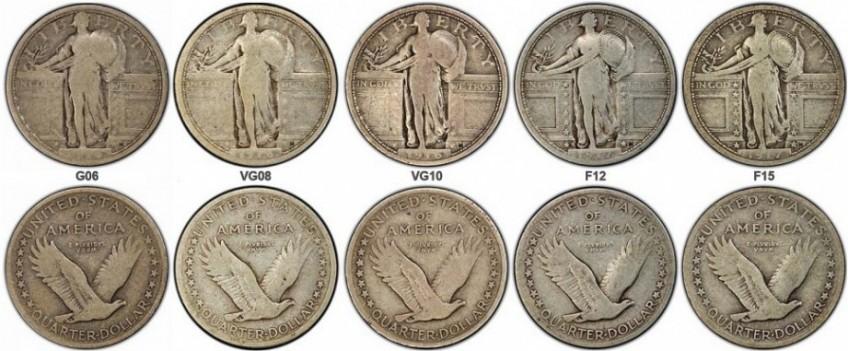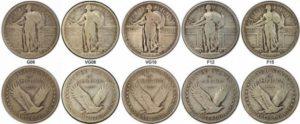Grading Scales
Since rare coin quality varies widely, numismatists have adopted several coin-grading methods to assign more specific levels of quality to rare coins. The overwhelmingly popular method to use is the American Numismatic Association (ANA) grading scale.
The ANA grading scale divides circulated and uncirculated coins into 24 grades: 13 circulated grades and 11 uncirculated grades. The lowest circulated coin grade is Poor-1, and the highest circulated grade is Very Choice About Uncirculated-58. The lowest uncirculated coin grade is MS-60 (MS is short for “Mint State”), with the highest being MS-70, or a perfect coin.
How are Coins Graded
When a trained, certified numismatist inspects a coin to apply a personal interpretation of ANA grading criteria, he or she examines details such as:
The ANA grading scale was limited for years to the grades of MS-60, MS-65, and MS-70 for uncirculated coins. More recently, however, numismatists began seeing a need for additional grading classifications, due to the increasing price differences between similar coins in the three former grades. The ANA eventually approved the use of all grade numbers between MS-60 and MS-70, resulting in the 11-point grading scale that is used today.
An ANA grading can dramatically affect a coin’s future value appreciation. High-grade coins typically outperform their lower-grade counterparts in terms of investment performance.
[sgmb id=”1″]


